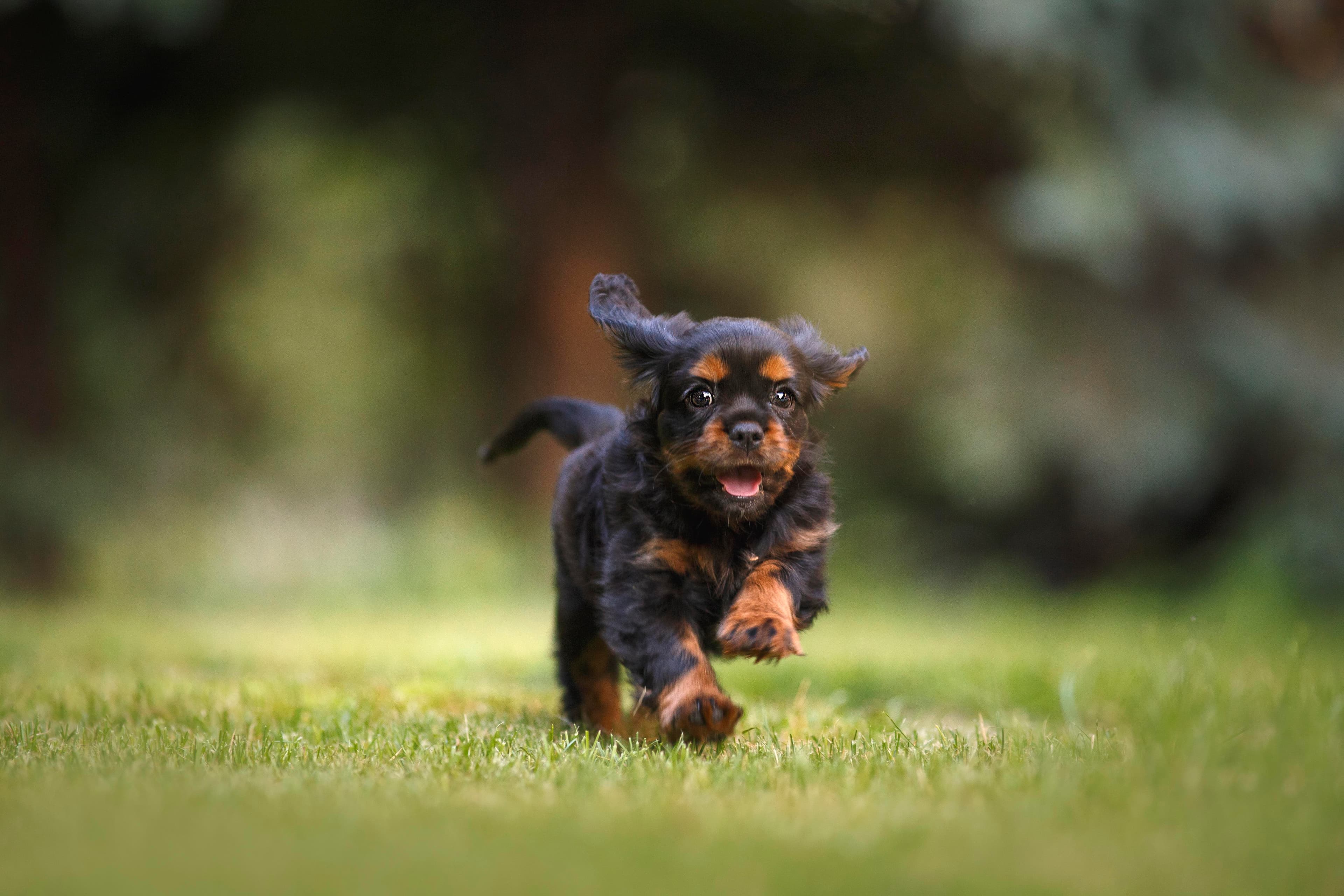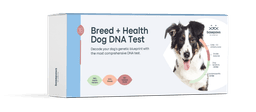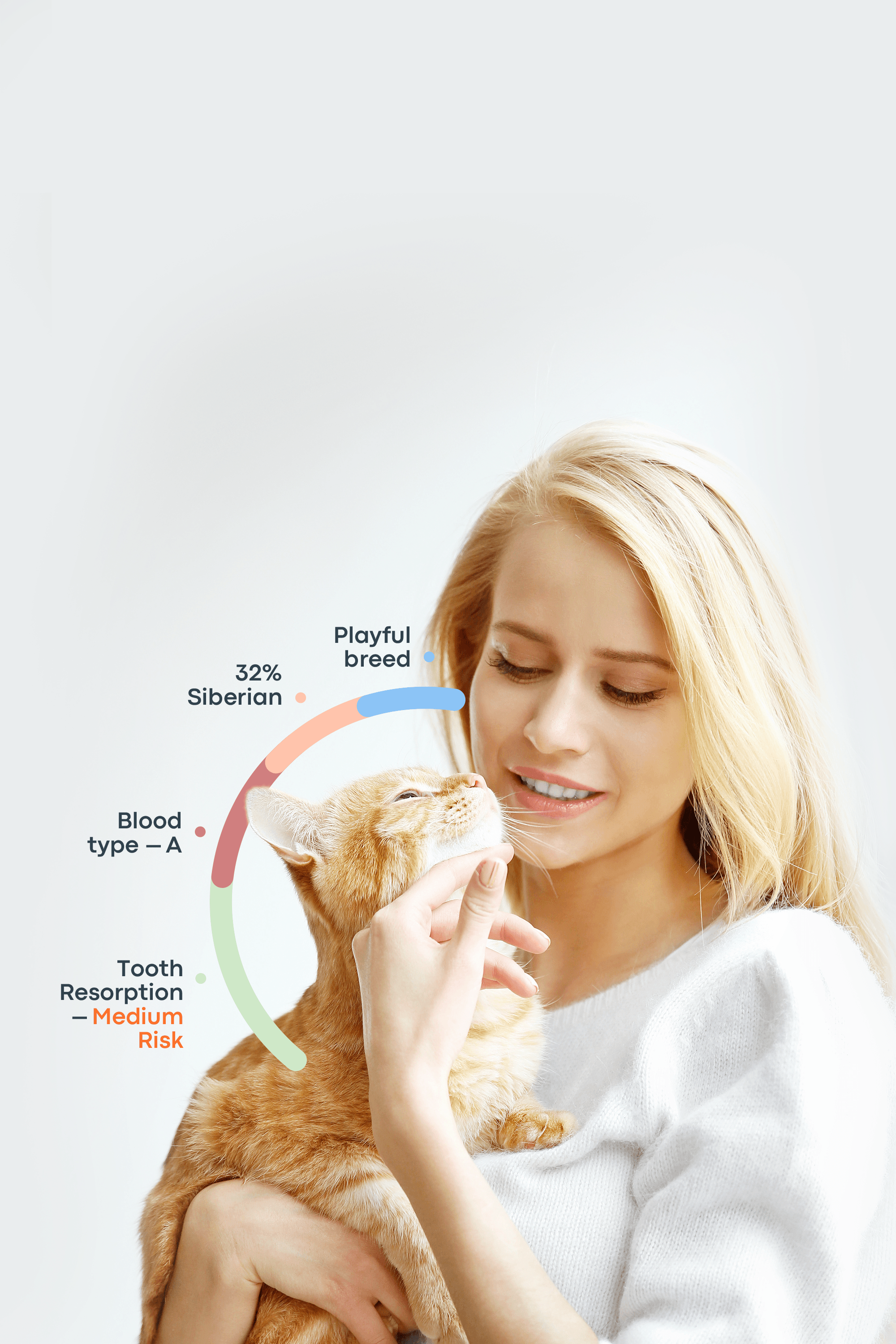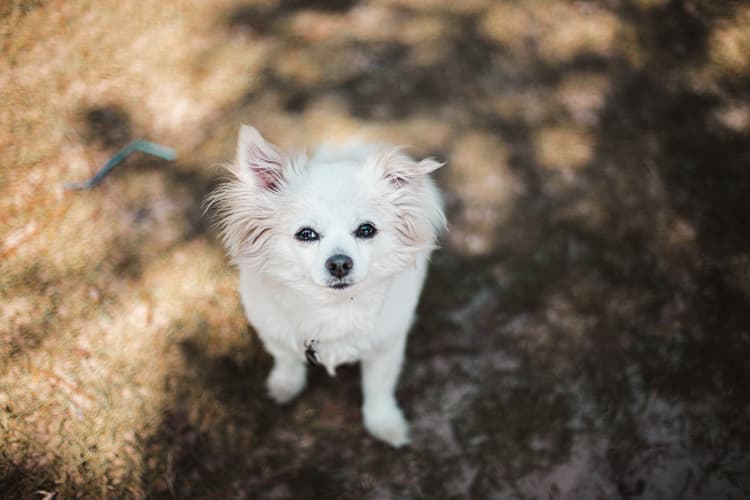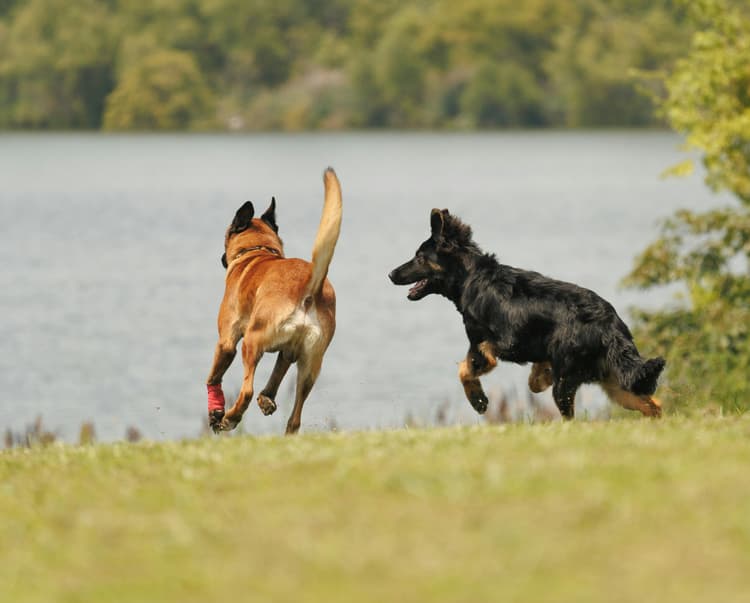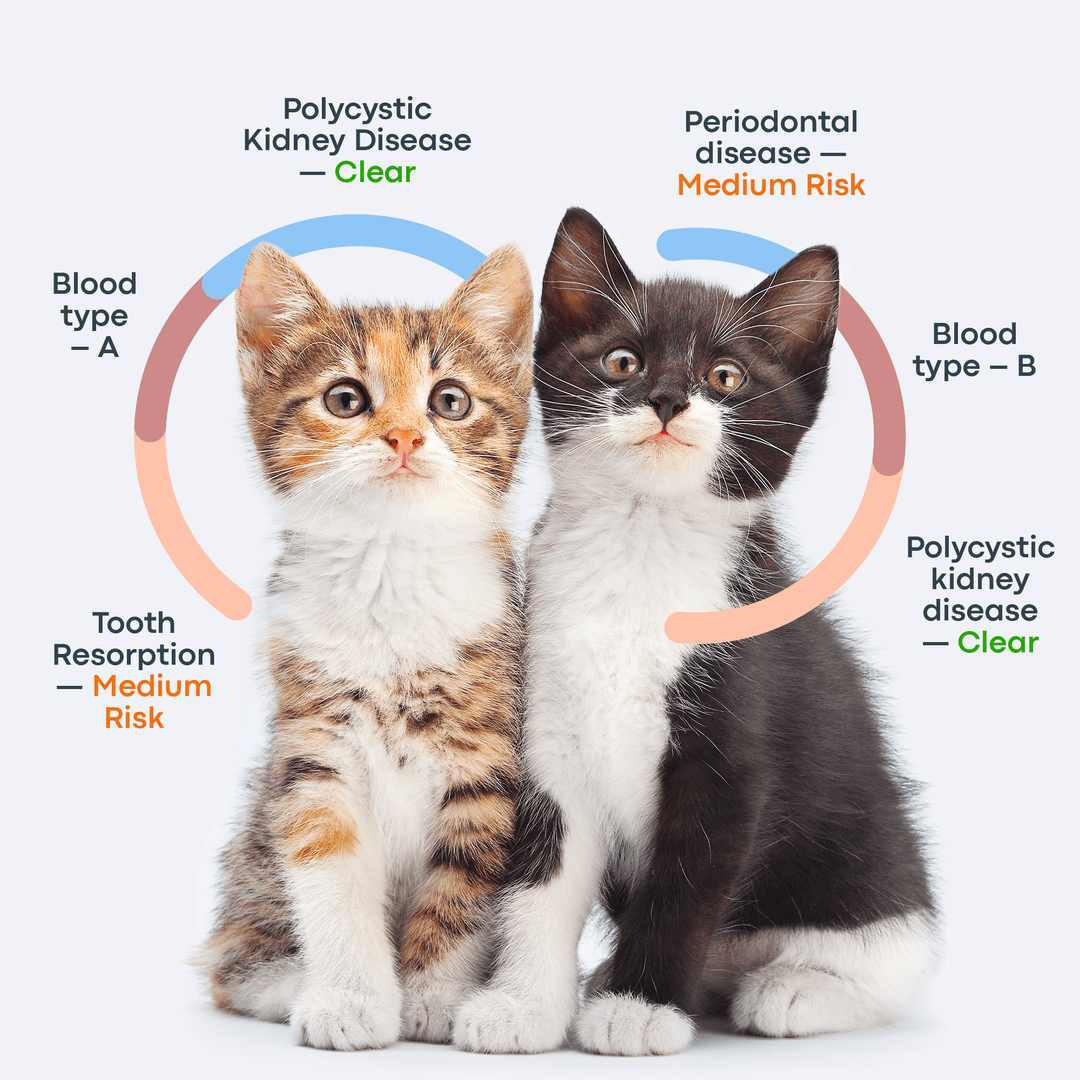The Most Expensive Dogs: What Makes These Breeds So Valuable?
Dog breed prices can vary dramatically, and the cost usually comes down to demand, rarity, and the complexity of the breeding process. Breeds with small litters or special reproductive needs often sit at the higher end of the price spectrum. Factor in premium bloodlines, a reputable breeder, and thorough health testing for the parents—especially the mother—and the price can climb even higher.
According to the AKC, the average yearly cost of owning a large dog is around $3,500, while a small dog typically costs closer to $1,500. Now, consider elite dog breeds whose purchase price alone can reach hundreds of thousands—or even millions—of dollars. This is a whole different level of investment in a furry friend.
Curious which breeds top the charts? Let’s take a closer look at some of the most expensive dogs ever recorded.
What Is the Most Expensive Dog Breed?
According to widely reported accounts, a Red Tibetan Mastiff puppy named Big Splash became one of the most expensive dogs ever sold, reportedly costing around $2 million in 2014. While this headline captured global attention, typical Tibetan Mastiffs are far more affordable. Most range from $2,500 to $10,000, depending on the breeder’s reputation, the dog’s lineage, and overall quality.
When discussing “the most expensive dogs,” it’s important to look beyond the purchase price. Lifetime care costs—food, grooming, healthcare, training, and insurance—play a big role, too. For Tibetan Mastiffs, total lifetime expenses often reach $38,000–$40,000 over their 10–12 year lifespan, largely due to their size, grooming needs, and potential health issues like hip dysplasia.
Close behind in overall cost are breeds such as the Samoyed and the Chow Chow, both known for their distinctive coats and higher-than-average care requirements
Samoyeds typically sell for $10,000–$12,000, with estimated lifetime costs of $23,000–$25,000 over 12–14 years. Their thick double coat requires frequent grooming, and they may be predisposed to conditions like hip problems or heart issues.
The Chow Chow, one of the world’s oldest and most recognizable breeds, generally costs $8,000–$10,000, with lifetime expenses averaging around $22,000. Their dense coat, strong-willed temperament, and potential for eye or joint conditions contribute to their long-term cost.
Overall, while purchase price can be impressive, the real expense of owning a high-end breed lies in the ongoing commitment to quality care, health management, and proper grooming throughout the dog’s life.
Reasons Why the Tibetan Mastiff Is the Most Expensive Dog in the World
Tibetan Mastiffs are considered one of the most expensive dog breeds for several reasons, starting with their rarity. True Tibetan Mastiffs are not widely bred, and maintaining healthy, well-documented bloodlines is costly. Their striking, lion-like appearance—especially the males with their large manes—also makes them highly desirable and instantly recognizable.
For years, the breed has been viewed as a status symbol, particularly in China, where owning a rare and impressive dog was once associated with wealth and social prestige. This demand temporarily drove prices to extreme highs. Their historical ties to high-profile owners and luxury culture have also played a role in elevating the breed’s mystique.
Breeding and raising Tibetan Mastiffs is expensive on its own. They are a giant breed, which means higher costs for food, veterinary care, housing, grooming, and responsible breeding practices. Quality breeders invest heavily in health testing, genetics, proper socialization, and large living spaces—all of which increase the final price of a puppy.
It’s important to remember that the famous $2 million Tibetan Mastiff was an exceptional, headline-making sale rather than a realistic market value. In everyday situations, a Tibetan Mastiff puppy usually costs between $2,000 and $10,000. The price depends on several factors: breeder reputation, pedigree, location, lineage quality, and whether the puppy comes from champion or rare bloodlines.
Overall, the breed’s scarcity, iconic look, cultural significance, and high cost of responsible breeding all contribute to why the Tibetan Mastiff remains one of the most expensive dogs in the world.
Top 10 Most Expensive Dog Breeds in 2025
1. Tibetan Mastiff – Up to $2 Million

Category | Estimated Cost / Range |
Puppy Price | $2,000–$10,000 |
Health-Related Expenses | $340–$1,500 annually |
Maintenance Budget | $3,000–$5,000+ annually |
Lifespan | 12–15 years |
Why so expensive
The Tibetan Mastiff originates from the Himalayan region, where they traditionally guarded livestock, monasteries, and mountain villages. Their size, protective nature, and thick double coat made them ideal for surviving and working in harsh, high-altitude climates.
Several factors contribute to their exceptionally high price:
Rarity: Pure Tibetan Mastiffs are relatively uncommon, especially outside Asia.
Difficult breeding: They often have small litters, and C-sections are common, making responsible breeding both costly and labor-intensive.
High demand: Their impressive, lion-like appearance keeps them popular among enthusiasts.
Prestige and luxury appeal: Celebrity ownership and past record-setting sales temporarily inflated the breed’s market value, reinforcing the idea that these dogs are a luxury status symbol.
Health overview
Although Tibetan Mastiffs are generally robust, they can be prone to several health issues. The most common conditions include hip and elbow dysplasia, hypothyroidism, various eye problems, and skin or allergy-related concerns. Owners should be prepared for ongoing healthcare costs, including insurance that typically ranges from $600 to $900 per year. If chronic issues develop, treatments or surgeries can cost several thousand dollars over the dog’s lifetime.
Maintenance
Tibetan Mastiffs require a significant amount of care throughout the year. Their thick coat needs frequent grooming to prevent tangles and manage heavy seasonal shedding. They also need high-quality, nutrient-dense food, along with regular exercise and mental stimulation to support their natural guarding instincts. Training and early socialization are essential for managing their independent temperament. Altogether, most owners spend around $3,000 to $4,000 annually on food, grooming, healthcare, and general upkeep, making the Tibetan Mastiff a genuinely high-maintenance breed.
2. Samoyed – $4,000 to $14,000

Category | Estimated Cost / Range |
Puppy Price | $4,000–$8,000 |
Health-Related Expenses | $700–$1,200 annually |
Maintenance Budget | $1,875–$4,450+ annually |
Lifespan | 12–14 years |
Why so expensive
The Samoyed originated with the Samoyedic people of Siberia, who bred these dogs to herd reindeer, pull sleds, and serve as loyal companions in the harsh Arctic environment. Their thick, weather-resistant coat, gentle temperament, and strong work ethic made them essential for survival. Today, Samoyeds remain expensive because they are relatively rare and challenging to breed. Small litters, occasional C-sections, and a limited number of reputable breeders contribute to higher prices. Their friendly nature, iconic “Sammy smile,” and striking appearance make them highly desirable, while celebrity ownership and a few high-profile sales have reinforced their status as a premium breed.
Health overview
While generally healthy, Samoyeds are prone to certain conditions, including hip dysplasia, eye disorders, heart problems, and autoimmune issues. Responsible owners should budget for pet insurance, typically $500–$800 per year, as well as potential treatments or surgeries that could cost several thousand dollars over the dog’s lifetime.
Maintenance
Samoyeds require daily grooming to prevent mats, with extra care during heavy seasonal shedding. They also need high-quality food, regular exercise, mental stimulation, and attention to dental and joint health. Overall upkeep is significant, with annual maintenance costs usually ranging from $2,000 to $4,000, making Samoyeds a high-maintenance breed in both time and cost.
3. Chow Chow – $1,500 to $11,000

Category | Estimated Cost / Range |
Puppy Price | $1,200–$2,000 |
Health-Related Expenses | $900–$2,575 annually |
Maintenance Budget | $1,500–$5,000 |
Lifespan | 8–12 years |
Why so expensive
The Chow Chow is an ancient Chinese breed originally used for guarding, hunting, and pulling carts. Its lion-like coat, distinctive appearance, and dignified temperament helped it stand out for centuries. Chow Chows remain expensive today because they are relatively rare, slow to breed, and consistently in high demand. They often have small litters and may require C-sections, and only a limited number of reputable breeders produce healthy puppies. Their unique look, historical prestige, celebrity attention, and a few record-breaking sales have all contributed to their high market value.
Health overview
Chow Chows are prone to certain health issues, including hip and elbow dysplasia, entropion, skin problems, and thyroid disorders. Responsible owners should budget for insurance, typically $500–$900 per year, as well as potential treatments or surgeries that can cost several thousand dollars over the dog’s lifetime.
Maintenance
Chow Chows require frequent grooming to maintain their thick coat and regular cleaning of skin folds to prevent infections. They also need quality food and moderate daily exercise to stay healthy. Overall upkeep usually falls between $1,500 and $5,000 annually, making the Chow Chow a high-maintenance breed in both grooming and healthcare requirements.
4. Löwchen – $8,000 to $12,000

Category | Estimated Cost / Range |
Puppy Price | $2,000–$4,000 |
Health-Related Expenses | $200–$1,000+ annually |
Maintenance Budget | $1,500–$3,000 annually |
Lifespan | 13–15 years |
Why so expensive
The Löwchen, also known as the “Little Lion Dog,” originated in Europe—particularly in France and Germany—where nobles prized them as gentle, affectionate lap companions. Their distinctive lion trim appears in artwork dating back centuries, reinforcing their long-standing association with elegance and prestige. Today, the Löwchen remains one of the most luxury dog breeds primarily because it is extremely rare, with only a small number of dedicated breeders worldwide. Litters tend to be small, and some require assisted whelping, which increases breeding costs. Their reputation as a charming, people-oriented toy breed and their continued appeal among luxury dog enthusiasts also contribute to their high price.
Health overview
Löwchens are generally healthy but can be prone to certain conditions, including patellar luxation, hip dysplasia, cataracts, and progressive retinal atrophy (PRA). Owners should budget $400–$700 per year for pet insurance, along with the possibility of eye or orthopedic treatments that may cost several thousand dollars over the dog’s lifetime.
Maintenance
The Löwchen’s long, flowing coat requires regular brushing several times a week and professional grooming every couple of months to prevent mats and maintain its classic appearance. They eat modest amounts and need light to moderate daily exercise, making them relatively easy to manage outside of grooming needs. Most owners can expect annual maintenance costs of $1,500–$2,500, placing the Löwchen in the moderate-maintenance category, with grooming being the primary ongoing expense.
5. Rottweiler – $1,500 to $9,000

Category | Estimated Cost / Range |
Puppy Price | $1,500–$2,500 |
Health-Related Expenses | $400–$1,500 annually |
Maintenance Budget | $1,500–$2,500 per year |
Lifespan | 8–10 years |
Why so expensive
The Rottweiler originated in Germany, where it worked as a drover and guard dog, helping move livestock and protect property. Over time, the breed became highly valued for police, military, and protection work because of its strength, confidence, and steady temperament. Rottweiler puppies can be expensive because reputable breeders invest heavily in health testing, temperament evaluations, and early socialization to ensure stable, reliable dogs. Well-bred Rottweilers are consistently in demand, and producing healthy, well-structured working dogs requires careful, selective breeding, which naturally increases the overall cost.
Health overview
Rottweilers are prone to several health concerns, including hip and elbow dysplasia, heart disease, cruciate ligament injuries, and certain cancers. Responsible owners should plan for $500–$800 per year in pet insurance, along with the possibility of orthopedic or cardiac treatments that may reach several thousand dollars over the dog’s lifetime.
Maintenance
Rottweilers require substantial daily exercise, mental stimulation, and consistent positive-reinforcement training to thrive. They also need routine grooming, high-quality food, and regular veterinary care. Annual maintenance costs typically fall between $2,000 and $3,500, making them medium-to-high maintenance dogs that are best suited for experienced, active owners.
6. French Bulldog – $3,500 to $8,000

Category | Estimated Cost / Range |
Puppy Price | $1,500–$4,000 (average) |
Health-Related Expenses | $600–$2,500 annually |
Maintenance Budget | $950–$3,172 per year |
Lifespan | 10–12 years |
Why so expensive
The French Bulldog originated in France as a companion dog for lace workers and city families. Their compact size, signature bat-like ears, and charming, playful personality quickly made them fashionable pets.
French Bulldogs—affectionately known as Frenchies—are expensive largely because of their immense popularity. According to the AKC, breed registrations have risen by more than 400% over the past decade. Breeding them is challenging: most dams require C-sections due to their narrow hips, whelping is risky, and litters tend to be small. Only skilled, responsible breeders consistently produce healthy puppies. Their celebrity appeal and strong demand have pushed the breed into the category of the most expensive dog breeds.
Health overview
French Bulldogs are prone to several health issues, including brachycephalic airway syndrome, hip dysplasia, allergies, cherry eye, and spinal disorders. Owners should plan for $600–$1,000 per year in pet insurance, with potential surgeries or treatments costing several thousand dollars over the dog’s lifetime.
Maintenance
French Bulldogs have relatively low grooming needs, but their facial folds must be cleaned regularly to prevent infections. They require moderate exercise to avoid weight gain. Some Frenchies affected by brachycephalic syndrome may need surgical correction to improve their breathing. Overall annual expenses—including food, veterinary care, and grooming—typically range from $2,000 to $3,000. They’re considered moderate-maintenance pets, primarily because of their health monitoring needs.
7. English Bulldog – $2,500 to $4,500

Category | Estimated Cost / Range |
Puppy Price | $1,500 – $4,500 |
Health-Related Expenses | $1,200 to over $4,600 USD |
Maintenance Budget | $1,400 to over $4,600 |
Lifespan | 8–10 years |
Why so expensive
The English Bulldog originated in England, where it was once used for bull-baiting before becoming a beloved, gentle companion breed. Modern Bulldogs are costly largely because many require artificial insemination and C-sections due to their build, significantly increasing breeding and veterinary expenses. Their popularity and the need for highly skilled, ethical breeders further elevate the purchase price.
Health overview
English Bulldogs are prone to hip dysplasia, brachycephalic breathing difficulties, temperature sensitivity, skin-fold infections, and certain heart conditions. Owners should plan for $600–$1,000 per year in insurance, with potential surgeries or long-term treatments reaching several thousand dollars.
Maintenance
Bulldogs need light grooming, but their facial and body folds must be cleaned daily to prevent infections. Dental care is also a daily task. They require only moderate food intake and short daily walks. Overall yearly costs typically range from $1,400 to over $4,600, making them high-maintenance primarily due to ongoing health monitoring and care.
8. Cavalier King Charles Spaniel – $2,000 to $14,000

Category | Estimated Cost / Range |
Puppy Price | $2,000 – $3,500 |
Health-Related Expenses | $450 – $722 per year |
Maintenance Budget | $1,000 – $2,500 per year |
Lifespan | 9–14 years |
Why so expensive
The breed dates back to 16th-century Britain, where Cavaliers were cherished lapdogs of royalty. Their gentle temperament, expressive eyes, and silky coats made them beloved companions in aristocratic households.
Cavalier King Charles Spaniels are expensive because they’re extremely popular, have relatively small litters, and require extensive health testing—especially for hereditary heart and neurological conditions. These factors raise breeding costs and, in turn, puppy prices.
Health overview
Cavaliers are prone to several health issues, most notably mitral valve disease, hip dysplasia, syringomyelia, and chronic ear infections. They may also face eye conditions and dental problems. Annual health costs can range from a few hundred dollars for minor issues to several thousand dollars for ongoing or severe conditions like MVD or syringomyelia.
Maintenance
Cavalier King Charles Spaniels need regular grooming, including daily brushing to maintain their long, silky coat. They also require daily exercise of about 30 minutes, along with consistent dental and ear care. Overall, they’re moderately high-maintenance due to their grooming needs and the possibility of significant medical care over their lifetime.
9. Pharaoh Hound – $6,000+

Category | Estimated Cost / Range |
Puppy Price | $7,000–$7,500 |
Health-Related Expenses | $600–$1,500 annually |
Maintenance Budget | $1,100–$2,000+ annually |
Lifespan | 11–14 years |
Why so expensive
The Pharaoh Hound dates back to ancient Egypt and Malta, where it was used for hunting rabbits and small game. Its lean, athletic build, speed, and keen senses made it an exceptional working dog. Today, Pharaoh Hounds are among the most expensive dog breeds in the U.S., largely due to their rarity. Limited numbers of reputable breeders and strong demand for this elegant, high-energy breed keep puppy prices high.
Health overview
Pharaoh Hounds are generally healthy but can be prone to hip dysplasia, allergies, and occasional eye issues. Responsible owners should monitor for these conditions and maintain routine veterinary care.
Maintenance
Pharaoh Hounds require significant daily exercise to satisfy their strong prey drive, making them high-maintenance in terms of activity. Their grooming needs are minimal, but they are sensitive to cold weather and may need extra protection in winter. Owners should also exercise caution with anesthesia, as the breed can have adverse reactions. Overall, their care focuses more on exercise and health monitoring than grooming.
10. Saluki – $2,500 to $10,000

Category | Estimated Cost / Range |
Puppy Price | $660–$2,500 |
Health-Related Expenses | $750–$2,000 annually |
Maintenance Budget | $1,900–$2,500 annually |
Lifespan | 12–14 years |
Why so expensive
The Saluki is one of the world’s oldest dog breeds, originating in the Middle East where nomadic tribes relied on it to hunt gazelle and other fast game. Its speed, endurance, and elegant, slender build made it a highly valued companion for desert life. Salukis remain expensive because they are rare, slow to breed, and highly prized. Litters are typically small, and only a limited number of dedicated breeders work with the breed. Their long history, graceful appearance, and growing popularity among sighthound enthusiasts contribute to their high market value.
Health overview
Salukis are generally healthy but can be prone to heart conditions, eye disorders, hypothyroidism, and occasional sensitivity to anesthesia. Owners should budget $400–$700 per year for insurance, with potential heart or eye treatments costing several thousand dollars over the dog’s lifetime.
Maintenance
Salukis have relatively low grooming needs, but they require plenty of daily exercise and consistent, patient training. Their high energy levels, independent temperament, and strong prey drive make them best suited for active owners who can meet their physical and mental needs. Annual maintenance costs typically range from $1,500–$2,500, placing them in the moderate-maintenance category.
Honourable Mentions
11. Akita
The Akita is a powerful, loyal breed from Japan, originally used for hunting and guarding. Akitas are expensive due to their rarity outside Japan, small litters, and the high cost of responsible breeding. They require regular exercise, grooming, and health monitoring, especially for hip dysplasia and autoimmune issues.
12. Canadian Eskimo Dog
This rare working breed from the Arctic was traditionally used for sled pulling and hunting. Its limited population and specialized breeding needs make it costly. Owners should expect high maintenance for exercise, nutrition, and health care, including monitoring for hip dysplasia and heart conditions.
13. Azawakh
Originating from West Africa, the Azawakh is a sighthound prized for hunting and companionship. They are rare outside their native region, which drives up the price. Azawakhs need ample exercise, careful socialization, and moderate grooming, making them moderately high-maintenance dogs.
14. Newfoundland
Newfoundlands are large, gentle working dogs originally bred for water rescues. Their size, specialized care, and health considerations—including hip dysplasia, heart conditions, and joint issues—make them expensive to maintain. They require daily exercise, regular grooming, and high-quality nutrition.
15. Greater Swiss Mountain Dog
A giant, versatile breed from Switzerland, the Greater Swiss Mountain Dog was used for drafting, guarding, and herding. Their rarity, slow breeding, and health testing contribute to their high cost. Owners should be prepared for significant exercise needs, grooming, and potential health expenses, including hip and elbow dysplasia.
Most Expensive Bulldog Breeds
When comparing English Bulldogs and French Bulldogs, both breeds are expensive, but the reasons differ slightly. English Bulldogs often require artificial insemination and C-sections due to their unique body structure, and their health care can be costly due to brachycephalic issues, joint problems, and temperature sensitivity. French Bulldogs, while smaller, also require C-sections frequently, have small litters, and are extremely popular in the U.S., as reflected by high AKC registration numbers. Both breeds face ongoing expenses for veterinary care, grooming, and monitoring of health conditions related to their brachycephalic anatomy.
Overall, demand, breeding challenges, and health considerations make both English and French Bulldogs some of the priciest companion dogs, with French Bulldogs currently dominating popularity and resale value in urban markets.
Frequently Asked Questions
Which is the costliest dog?
The Tibetan Mastiff holds the title of the world’s most expensive dog, with some puppies selling for over $1.5 million.
What is the most expensive dog breed to keep?
Several breeds have high ongoing costs. Notable examples include Tibetan Mastiffs, French Bulldogs, English Bulldogs, Irish Wolfhounds, and Greater Swiss Mountain Dogs.
What are the most expensive purebred dog breeds in the USA right now?
As of 2025, some of the priciest purebred dogs in the U.S. include the Tibetan Mastiff, Samoyed, Chow Chow, Pharaoh Hound, and Cavalier King Charles Spaniel.

